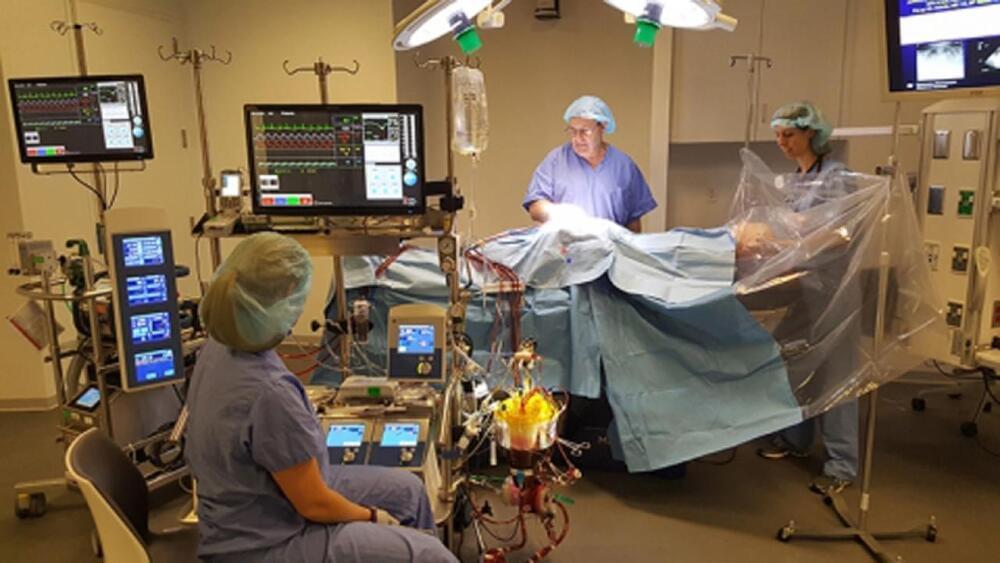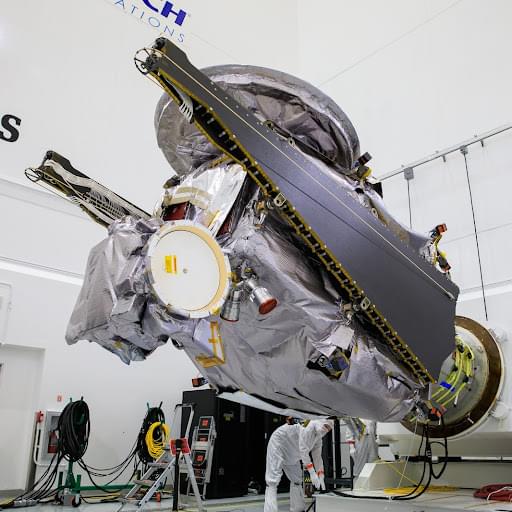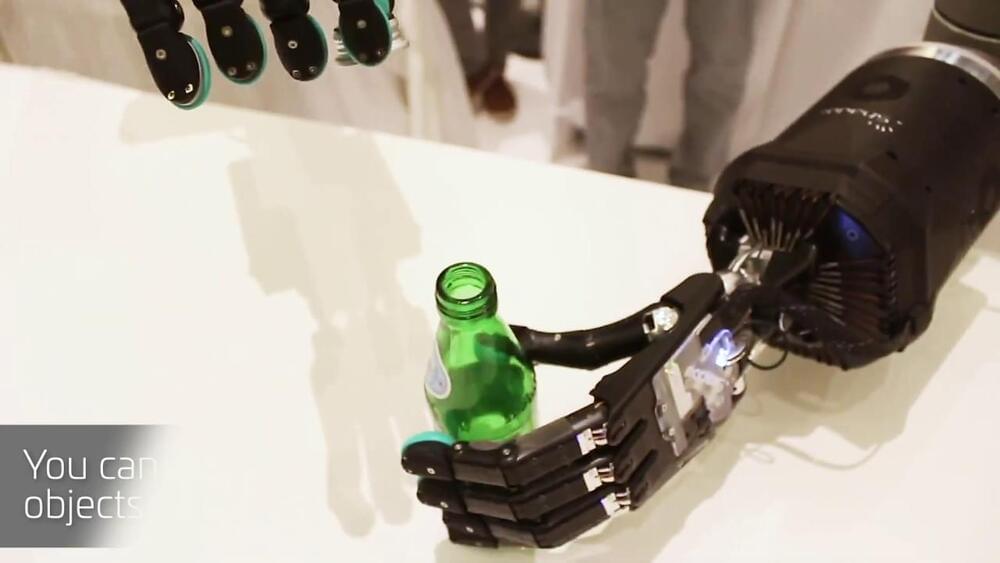Oct 13, 2021
Migraines Caused by Alterations in Metabolite Levels
Posted by Jason Blain in categories: biotech/medical, chemistry, genetics, health, neuroscience
“Lower levels of DHA are associated with inflammation, cardiovascular and brain disorders, such as depression, which are all linked to migraine risk.”
Professor Nyholt said LPE(20:4) was a chemical compound that blocked the production of an anti-inflammatory molecule called anandamide.
Summary: Researchers have identified causal genetic links to three blood metabolite levels that increase migraine risks.
Continue reading “Migraines Caused by Alterations in Metabolite Levels” »


















